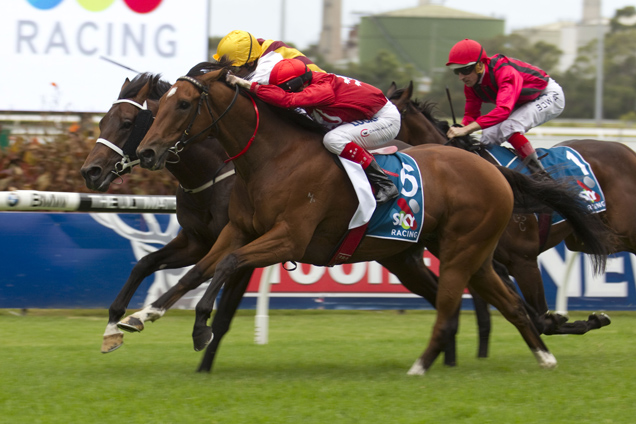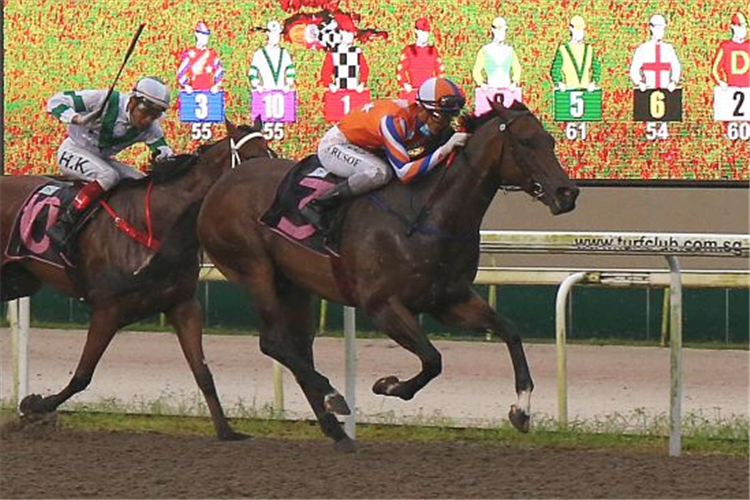The first Group 1 of the season has arrived and the Melbourne Mail is on a quest to find the winner.

"Study the past, if you would divine the future."
The Melbourne Mail can't be certain that Confucius was a punter but quotes like that one suggest he might have spent some time with his head in the Miller's Guide looking for clues to a Cup winner.
Confucius was a pretty clever guy, and what he says here is true. History is a guide to the future, but it has to be put into context.
Looking at Saturday's Memsie Stakes for example; it is true to say that four-year-olds have won six of the past ten, but without some context this could mean anything. Six wins in the last ten could be seen as good, but if nine out of every ten horses were from that age bracket six out of ten is looking like an ordinary return.
This is where basic 'counting stats' fall down. We are looking for an impact and so these stats must be put into context with expectation.
How likely were they to win those six editions? Using the SP, the market has expected 4.25 wins from the four-year-old runners in the Memsie over the last 10 years. So six is outperforming that market. Wins/ExWins gives us an impact value of 1.41. In other words, four-year-olds have won 1.41 races for every win the market expected.
There is still no reason to place too much weight in this value. 10 races is hardly a sample size big enough to be considered statistically significant. However, we can raise the sample size but dropping the focus on just winners, something that a lot of historical trends analysis tends to over-focus on.
The problem with focusing on just winners is that there is a lot more to a race than just wins and losses. Mister Milton ran fourth of fifteen as a four-year-old in 2012. He was 40-1 and, put simply, not fast enough to win the race.
He goes down as an L for the four-year-olds, but in truth he outperformed expectations there and should really be considered a positive performance for the four-year-olds.
So we look at all four-year-olds that have run in the Memsie and how they have performed and we see that the 37 that have run in the Memsie have beaten home 70.9% of their 84 older rivals, where 50% could be considered par - IV = 1.42.
Impact values against what would be expected by random chance are another good guide to a group that could be considered at an advantage. Going back 25 years four-year-olds in the Memsie have won 1.39 races for every one that could be expected by random chance.
The impact values we are dragging out are all around the same mark: 1.41. 1.39. 1.42.
We are now looking a the performances of around 300 horses instead of 10, and starting to see a trend that is a bit more meaningful than the old, 'they've won six of the last ten.'
Time to pull this back towards the whole point of this - finding a winner.
There are six four-year-olds in this year's Memsie Stakes and they are rated by Timeform in the following order.
Volkstok'n'barrell - 121p (current market exp 12%)
Stratum Star - 118 (10%)Hi World - 114p (11%)
Magicool - 111 (4.75%)Petrology - 109 (4.75%)
Setinum - 103 (2.5%)An idea for betting with trends would be to use our impact value to impact the current market expectation.
So Volkstok'n'barrell goes from being a 12% ($8.50) chance to a 16.9% chance, or $5.90. Stratum Star becomes a $7.10 chance, and so on.
Using trends such as these in isolation won't get you far, but Confucius was onto something, and using this concept we can arrive at our plays for the Melbourne Mail this week, our bet being Volkstok'n'barrell and our each way play being Stratum Star.
THE MELBOURNE MAIL
Bet Of The Day: Race 8 #11 Volkstok'n'barrell @ $8.50
Each Way Play: Race 8 #17 Stratum Star @ $10.00






